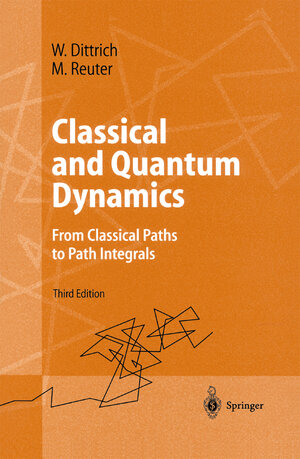
From the reviews of the third edition:
„This book is a brilliant exposition of dynamical systems covering the essential aspects and written in an elegant manner. The book is written in modern language of mathematics and will ideally cater to the requirements of graduate and first year Ph. D. students... a wonderful introduction to any student who wants to do research in any branch of theoretical Physics.“
--Indian Journal of Physics
„The point which makes this book really unique is the abundance of detailed well-chosen examples illustrating the action principle, the canonical transformations, the perturbation theory, and the removal of resonances... Numerous explicit examples of direct evaluations of path integrals make this approach particularly clear and attractive. This book will be of interest to both graduate and post-graduate advanced physics students and is warmly recommended in view of its originality and readability.“
--Physicalia
„The search of possible connections between classical dynamics and quantum mechanics is an old exciting problem. … The present book highlights the principle of stationary action as common starting point of both theories. … This third edition … is supplemented with chapters on the action principle in classical electrodynamics (an excellent example of working scheme), on the functional derivative approach and on computing traces in the context of WKB propagator. Extensive additions and detailed treatments are also included in the text.“ (Mircea Crâsmareanu, Zentralblatt MATH, Vol. 990 (15), 2002)
Classical and Quantum Dynamics
From Classical Paths to Path Integrals
von Walter Dittrich und Martin ReuterGraduate students who want to become familiar with advanced computational strategies in classical and quantum dynamics will find here both the fundamentals of a standard course and a detailed treatment of the time-dependent oscillator, Chern-Simons mechanics, the Maslov anomaly and the Berry phase, together with many worked examples throughout the text.
This new edition has been revised and enlarged with chapters on the action principle in classical electrodynamics, on the functional derivative approach, and on computing traces.



